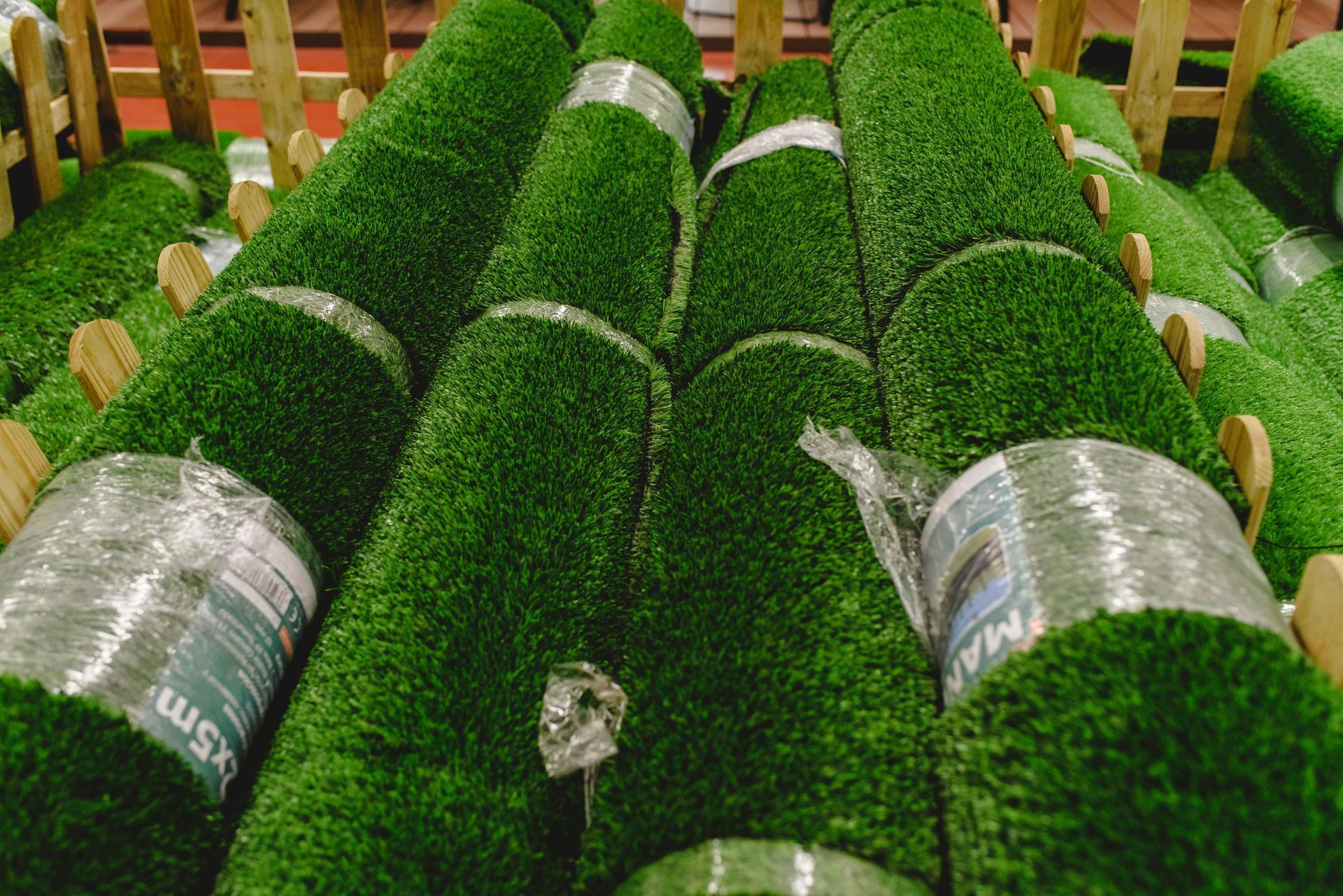How to Stop Weeds in Your Xeriscape
Stopping and preventing weeds in your Xeriscape is necessary if you want your landscape to look great all year round. Read on to learn how.
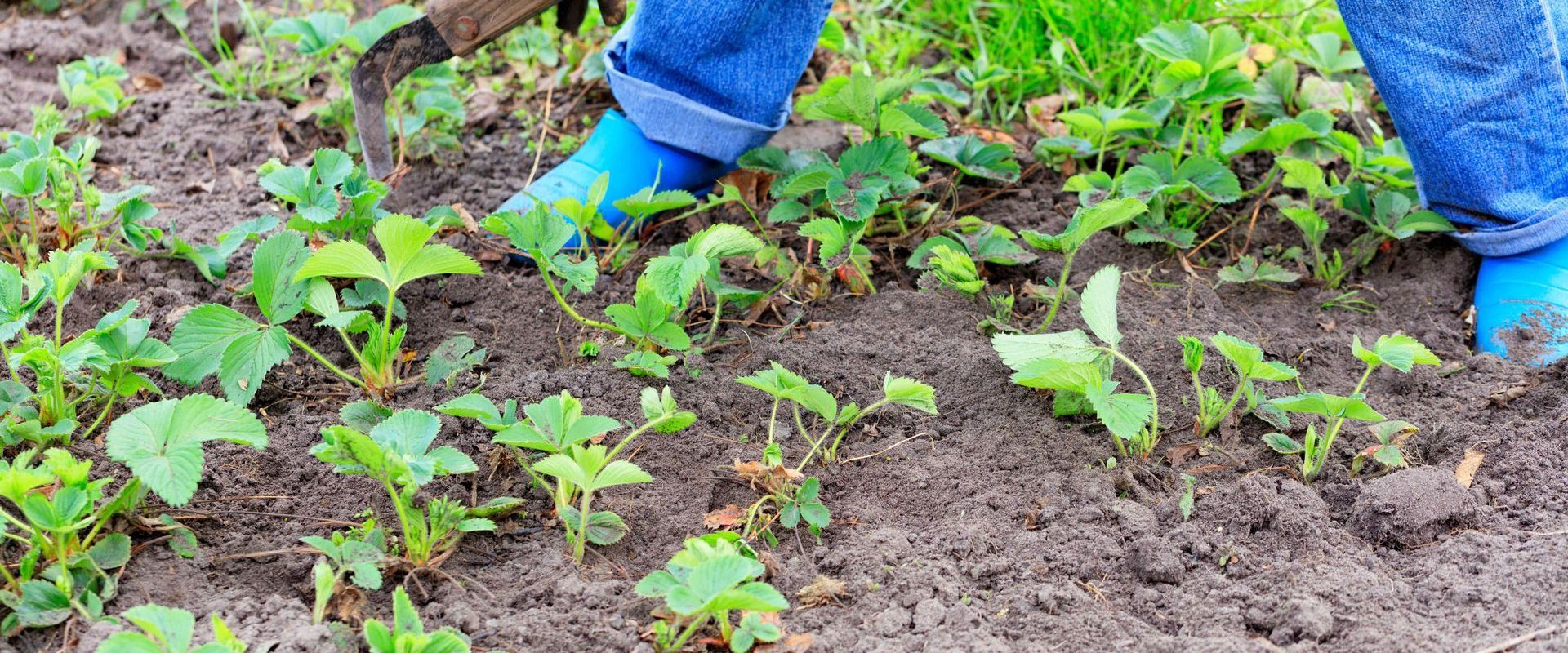
Getting Started
Weeds aren't desirable in any landscape, let alone a Xeriscape. Xeriscaping is a landscaping style that minimizes water use via drought-resistant plants and efficient irrigation practices. There are several effective strategies to stop and prevent weeds in your Xeriscape. Affordable Landscapes Arlington will show you how in this blog post.
1. Thorough Site Preparation
Before beginning your xeriscape project, take time to remove all existing weeds. This involves several steps:
- Manual Removal: Use garden tools like a hoe or a spade to dig out weeds. Make sure to get deep enough to remove the entire root system. This prevents weeds from regrowing.
- Solarization: For heavily infested areas, consider soil solarization. This method covers soil with a clear plastic sheet for 4-6 weeks during hot weather. The sun heats the soil beneath the plastic, killing weeds, seeds, and soil-borne diseases.
- Herbicides: If you opt for chemical treatments, glyphosate is a common non-selective herbicide. It kills weeds down to the root. Apply it carefully and selectively before planting your Xeriscape.

2. Use of Landscape Fabric
Proper installation of landscape fabric can dramatically reduce weed growth:
- Choosing the Right Fabric: Select a heavy-duty landscape fabric. The fabric must resist tearing and endure sunlight exposure if mulch shifts over time.
- Proper Installation: Lay the fabric flat over the cleared soil. Then, cut it to fit around your plants. Secure the edges and overlaps with landscape pins to prevent gaps where weeds could emerge.
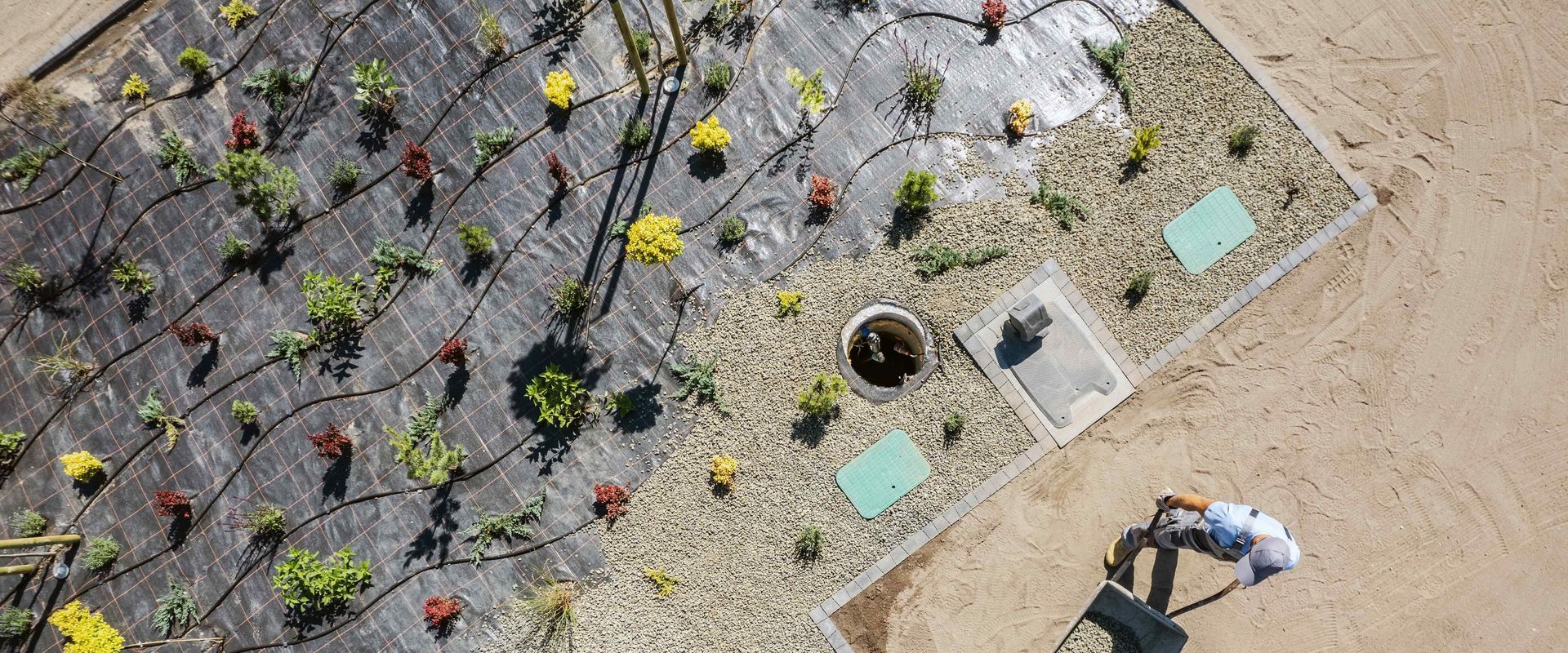
3. Effective Mulching
Mulching is critical in conserving water and suppressing weeds:
- Types of Mulch: Besides wood chips or bark, consider using gravel or stones in areas with succulents or cacti. These materials suit the xeriscape style and provide excellent weed suppression.
- Application Tips: Apply mulch on top of the landscape fabric. Be generous at the base of plants, but avoid piling mulch against plant stems to prevent rot.

4. Plant Selection and Placement
The right plants and their arrangement can naturally curb weed growth:
- Native Plants: Research plants that are not only native but also robust and competitive against weeds. Texas sage, yucca, and agave are excellent choices for Texas xeriscapes.
- Design Considerations: Plan for plants to eventually grow together. This will leave minimal space for sunlight to reach the soil. This natural shading helps prevent weed germination.
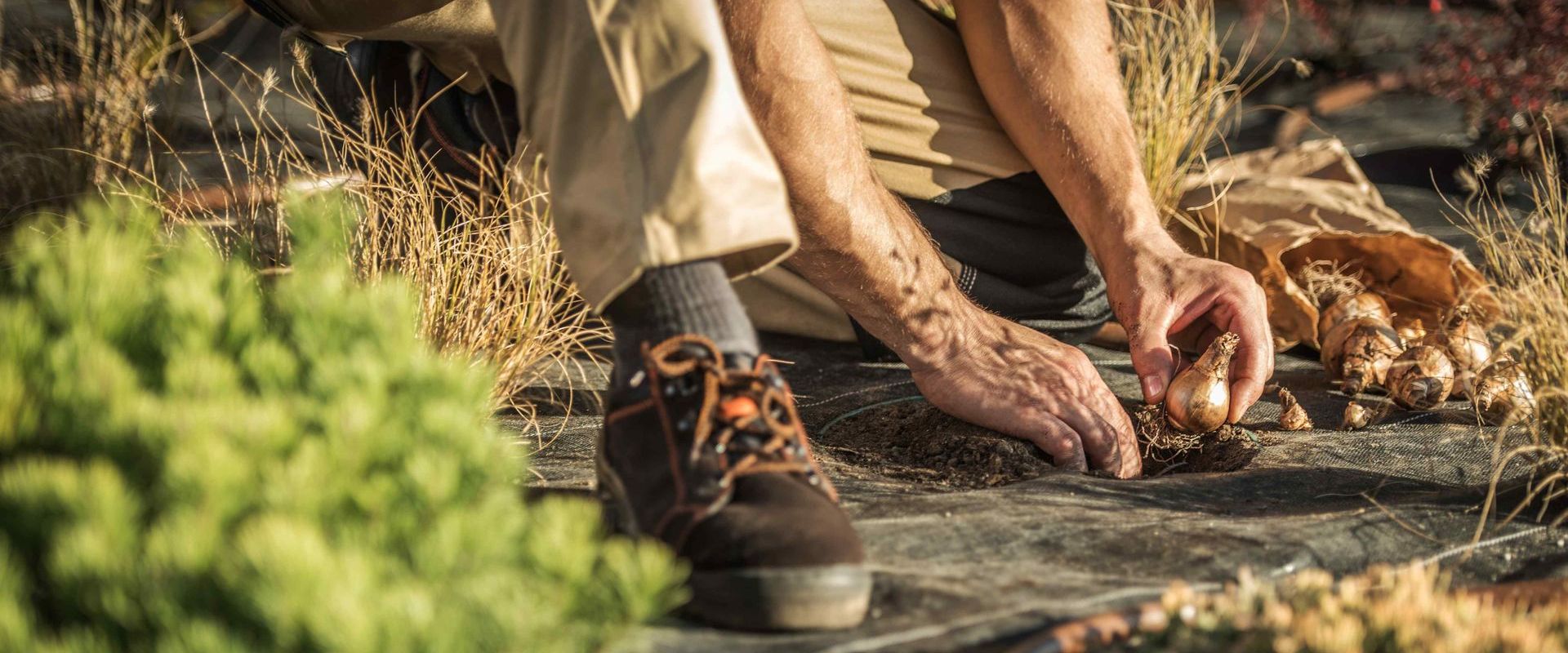
5. Regular Monitoring and Maintenance
Consistent upkeep is vital for a weed-free garden:
- Weed Inspection: Regularly inspect for weeds during the growing season. Pull weeds by hand when they are young before they can set seeds or spread.
- Mulch Refreshing: Top up mulch layers annually to maintain a barrier against weeds and to preserve soil moisture.

6. Pre-emergent Herbicide Application
A pre-emergent herbicide can serve as a preventive measure during the early stages:
- Timing: Apply in early spring and, if necessary, in early fall to prevent the growth of winter weeds.
- Application: Follow the label directions for application rates and safety precautions. Ensure that the herbicide is appropriate for the types of plants in your xeriscape. Also, ensure it is not harmful to beneficial insects or wildlife.
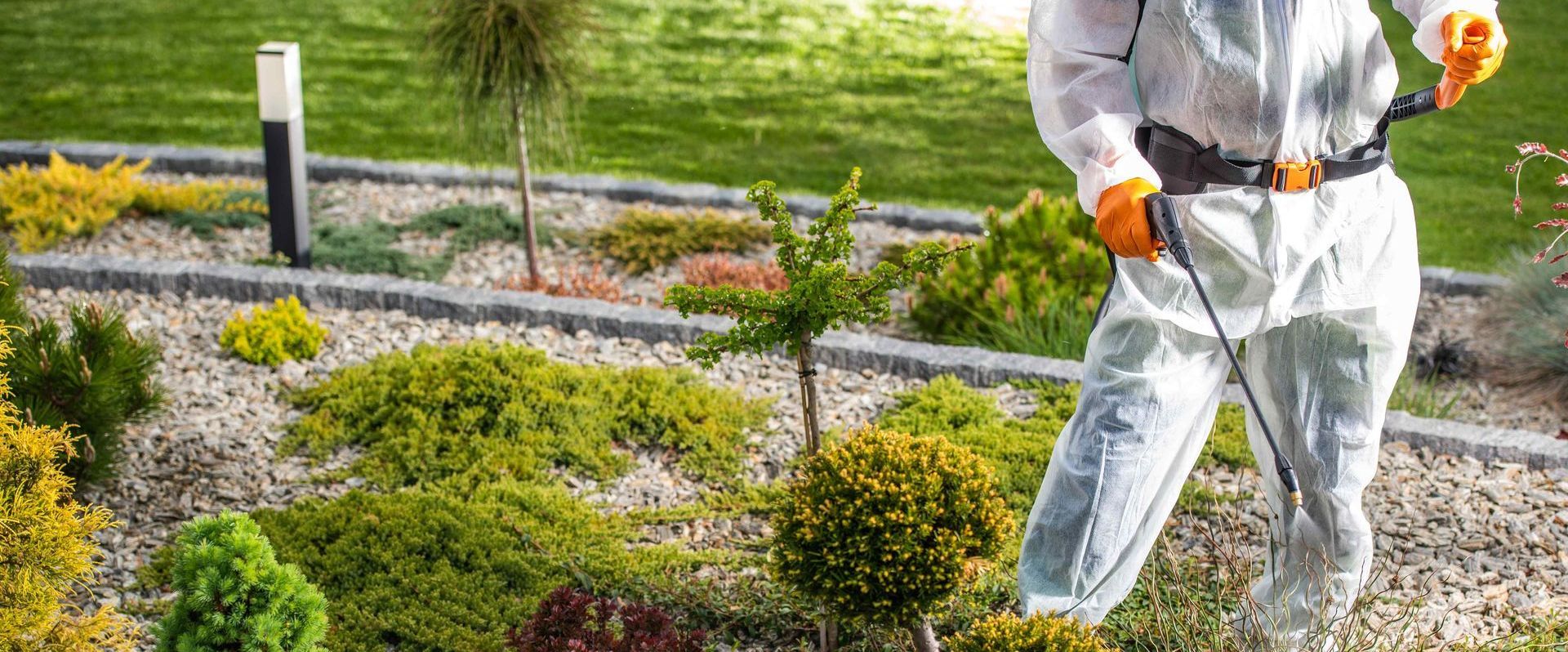
Wrap-Up
By following these detailed steps, you can significantly reduce the occurrence of weeds in your xeriscape. This makes it easier to maintain and more sustainable over the long term. Reach out to Affordable Landscapes Arlington if you need help with your Xeriscape.




